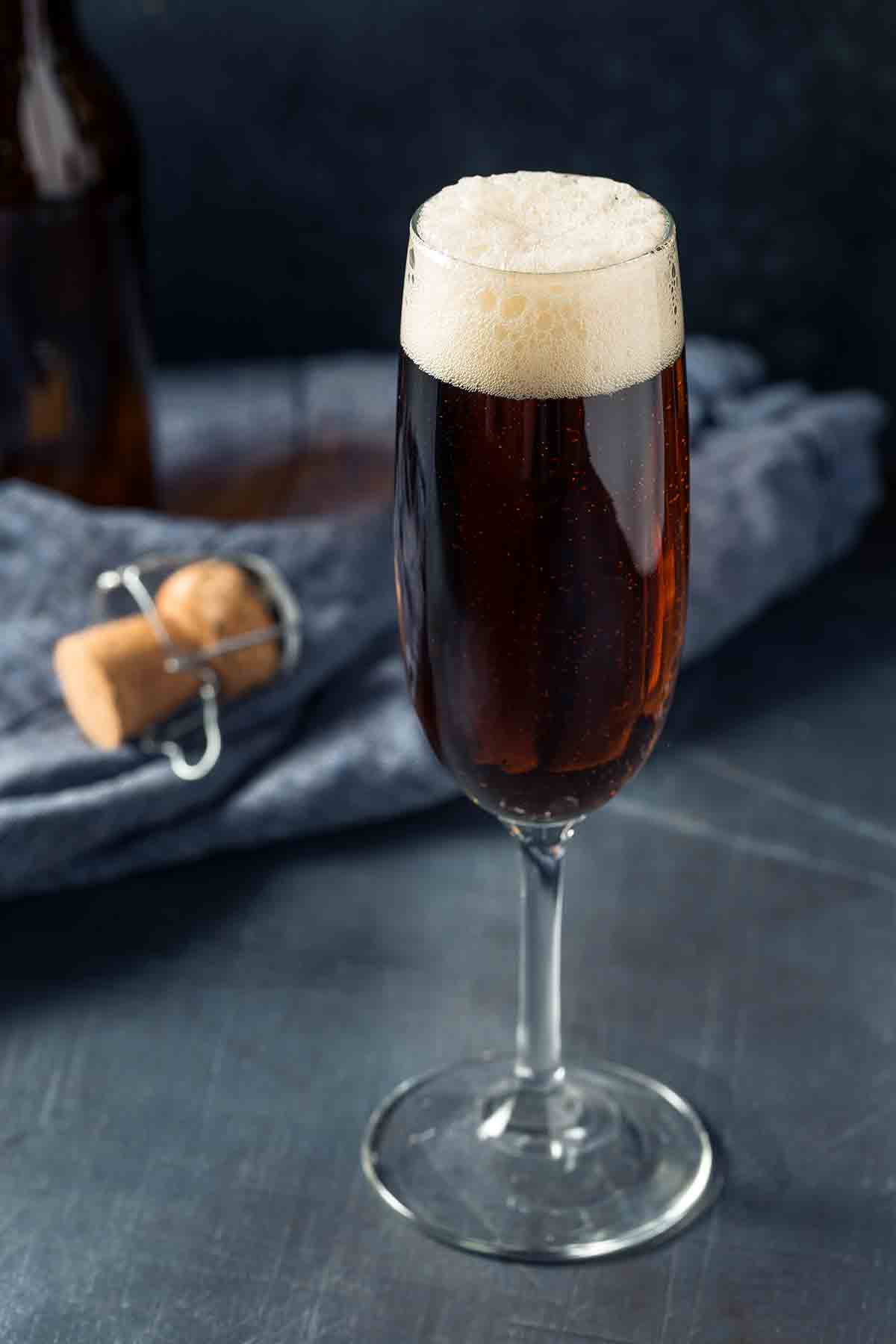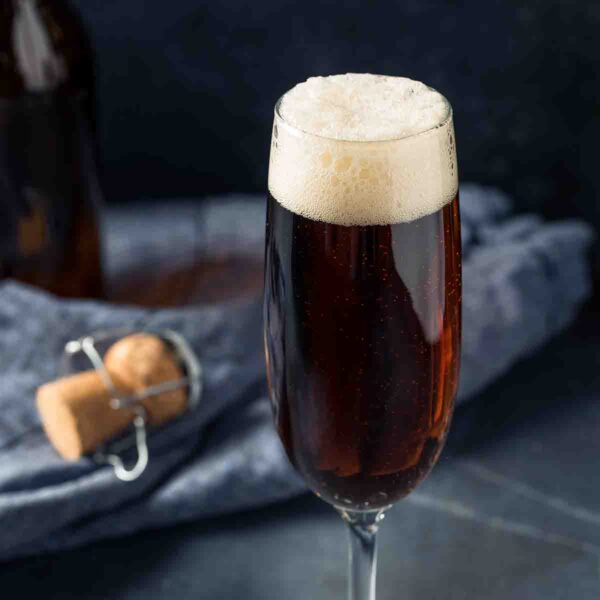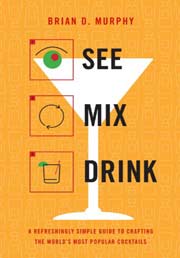
The Black Velvet, made from stout and Champagne, may initially seem an unlikely collision of sorts. It’s actually an inspired melding of effervescence and denseness, titillating and satiating, ladylike delicateness and handsome ruggedness. It’s uncannily smooth and it’s no surprise the cocktail has the word “velvet” in its title. Like its garment-minded namesake, the libation lends a sense of subdued sophistication to any celebration, whether the accompanying attire is your fanciest pants or your comfiest faded jeans. See for yourself.
What Are The Origins Of The Black Velvet Cocktail?
The black velvet cocktail is, according to author Brian D. Murphy, “believed to have been created by a bartender at the Brooks Club in London, England. The Black Velvet was born in 1891 while the country was in mourning for Queen Victoria’s late husband, Prince Albert. The bartender thought Champagne was too celebratory for the occasion, so he combined it with stout. (A Velvet, as opposed to a Black Velvet, is made with porter instead of stout.)” While we extend our respects–albeit a century late–to the somber origins of this cocktail, there’s no way we can contain our enthusiasm, our rapture, our over-the-moonness for this comely cocktail.

Black Velvet Cocktail
Ingredients
- 3 ounces stout, (we’re talking Guinness here, folks, or the like), chilled
- 3 ounces Champagne, chilled
Instructions
- Fill a Champagne flute halfway with stout.
- Top it off with Champagne.
☞ TESTER TIP: Tradition holds that the stout goes into the glass first. This technique creates a rather dramatic presentation given that the Champagne, due to the difference in densities, lingers atop the stout in an impressive, if ephemeral, subsequent layer. It’s only a matter of time until the boozes mingle. To extend the lifetime of the layers, pour the Champagne over the back of a spoon to prevent it from plunging headlong into the stout.
- Imbibe.

Explore More with AI
Nutrition
Nutrition information is automatically calculated, so should only be used as an approximation.
Recipe Testers’ Reviews
The Black Velvet is a classic and perfect for when you have a group of family or friends over and want to present some cocktail options that are quick to mix up yet go beyond your basic liquor and soda or tonic. The Guinness and Champagne pair together surprisingly well, with the latter adding a bubbly kick to the former.
To make for a more attractive presentation, first pour the stout, let it settle, then carefully pour the Champagne on top (letting it carefully drizzle down the back of a bar spoon, if necessary), so that you have two distinct layers. I imagine garnishing the glass with some edible gold leaf would be particularly attractive, or maybe just a strawberry if you don’t want to get overly fancy.
The Guinness and Champagne play off each other nicely here. I wasn’t sure what to expect so didn’t really have any expectations—I was a blank slate. The Champagne cuts the richness and syrupiness of the stout, while the beer adds a little heft to the crisp bubbles.
The only issue I had was with being a bit too impatient. I measured these out ounce by ounce but didn’t let the head subside completely on the Guinness before starting the next step. I had to sip some of the Champagne off the top after the second ounce before I could continue.
My Champagne flutes probably hold exactly 6 ounces, so I’d use a little poetic license here and figure you’re going maybe 2 1/2 to 2 3/4 oz. each on the elixirs, unless you’ve got the hands and eyes of the steadiest of barkeeps. Eyeballing it half and half seems just right for the rest of us.












I once read that a Black Velvet is the perfect drink to have with oysters. I saw it on the menu at an oyster bar, and regret that I didn’t order one.
We’ve got some great oyster recipes on the site, Ruth, if you want to try making the combination at home.
What kind of Champagne?
Taylor, probably not your finest Taittinger and definitely not your super cheap and arguably undrinkable plonk like Korbel or a cheap cava. I’d suggest a brut Champagne or sparking wine. Domaine Chandon and Domaine Carneros, both out of California, make lovely, affordable, and widely available bubbly. Carneros is a little drier and more sophisticated than Chandon in my opinion. I think J Winery’s sparkling wine would also be really nice here. Depending on your personal preference, cava tends to be slightly drier and more mineraly. I would avoid prosecco as that’s going to be way too sweet.